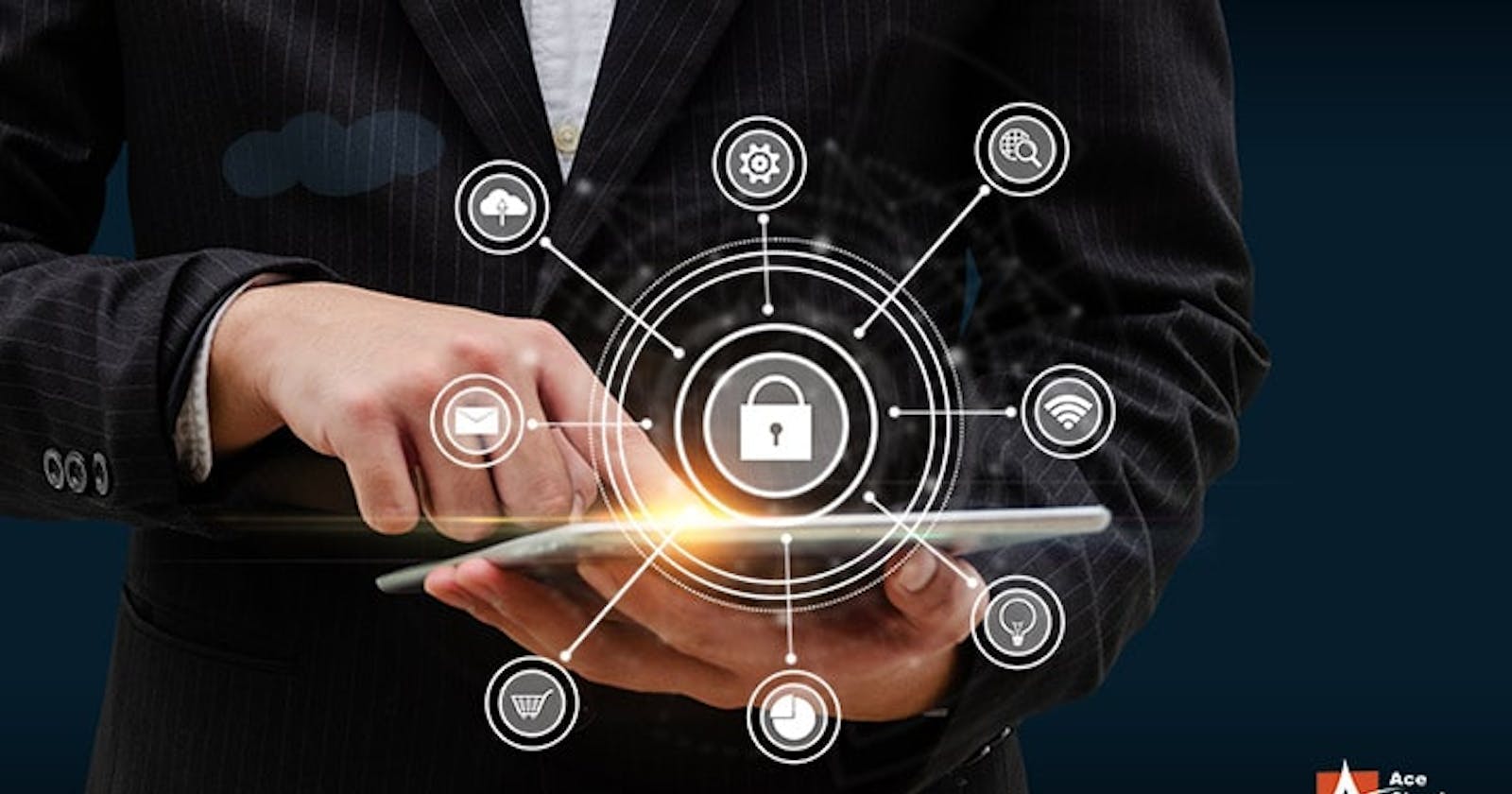Emails are the back doors for your business security infrastructure. The ease of using an email platform for your day-to-day communication and corporate operations is as high as the security risks involved – and the stakes are getting higher with every passing day.
Cybercriminals generally break into business networks by using emails as their primary launchpad as they are well aware of the global usage and popularity of email platforms of both the email platform solutions like Gmail by Google or Microsoft Outlook!
Do you know that, according to DBIR, Emails are used as the launchpad for around 96% of social engineering attacks? Thus, securing your emails is critical to enhancing your business security posture. There is a plethora of things that businesses can take into consideration to improve their email security. However, it's critical first to be well-acquainted with the common mistakes that small and medium-sized enterprises commit that make them easy prey for today's advanced hackers.
Let's learn the five common mistakes you must make right now that could ruin your business once and for all (when exploited by bad vectors).
Lesser Visibility and Control Over Your Emails
Do you have a system in place that warns you about a phishing email or flags suspicious emails in your inbox? If not, you might risk getting attacked by cybercriminals that utilize email as their launchpad for attacks like phishing scams and Ransomware.
Keeping tools in place that let you know about suspicious-looking emails or a message triggered upon the arrival of such emails is a great idea. If you don't have complete visibility, granular visibility, and total control over your emails, you might end up clicking some malicious link or downloading an infected attachment that can lead to the following situations/ incidents:
Invoice scams
Data-leakage
Vandalism
2. Remote Access of Emails
With most businesses working online and remotely postcode word, it is a typical scenario for employees working from remote areas. However, it's equally dangerous and threatening to the organizations as there is even lesser control add security over email platforms. An added layer of email security is the dire need of the hour to strengthen the security posture of your email platforms. Insider attacks, Ransomware attacks targeting remote employees, and well-curated phishing emails are examples of attacks that grow with each year of work-from-home settings. Businesses can also deploy a multi-level authentication to give attackers a hard time when trying to hack the credentials to compromise employees' emails in remote locations.
3. Untrained Employees
One of the biggest challenges for businesses is the lack of employee awareness training. It is probably the most significant task that can mitigate the most challenging risk of employees falling vulnerable prey to clever hackers. Since humans make errors and employees are no exception, new employees with lesser training or no experience in security practices can mess up the situation. They can risk themselves and your business by clicking an unknown link, replying to a suspicious email, or opening a random document on the email - accidentally helping the attackers break into the Business Network.
New, untrained employees are naive and don't clearly understand the clever tricks of the hackers who masquerade as an alleged entity or legit entity, persuading innocent victims to carry out the specific task so they can benefit from it. Thus, employee awareness training becomes a critical step toward ensuring email security. Such Employee Awareness programs should be held often to train and test employees from time to time.
4. Mismanagement of Admin Accounts
The number of admins is directly proportional to the risk of cyber security threats when mismanaged. Suppose you have multiple admins or users accessing the same network or server, or emails, for that matter. In that case, some admins may overlook basic securities practices and give hackers a loophole that they have been waiting for an opportunity that they have been waiting for. Businesses face the challenges of mismanagement of users, which often lead to the following issues:
Having Cyber-criminal pretending to be an admin
Shared admins privileges
Admin Accounts are not linked
Different admins using the same email account
These shared challenges will persist if you don't control your number of admins properly. If your account is bridged or an email has been hacked, the attacker can fully access your email platform. But it's critical to have a managed email Security Service provider by your side to manage the incoming and outgoing emails while keeping an eye on the total number of people accessing that email.
5. Lack of Advanced Email Security Solution
One cannot entirely rely on traditional security solutions such as antivirus software two prevent advanced email threats like crypto-ransomware and phishing attacks. Modern problems require modern solutions. Modern businesses need modern email security solutions such as managed email security that comes with advanced tools such as sandboxing and spam filtering along with the comfort of fully managed experience from industry experts seasoned industry experts.
Conclusion
Businesses need to identify the gaps in the old security infrastructure and email security environment to find the best solution for their email security. To prevent Ransomware phishing emails, domain spoofing, and spam emails, it's critical to have a Managed Email Security Service provider like Ace Cloud Hosting by your side. They offer a free vulnerability assessment for your website worth $1000 that will save your day and might as well millions of dollars that you would have to pay if an advanced email attack like Crypto Ransomware hits your business network.
